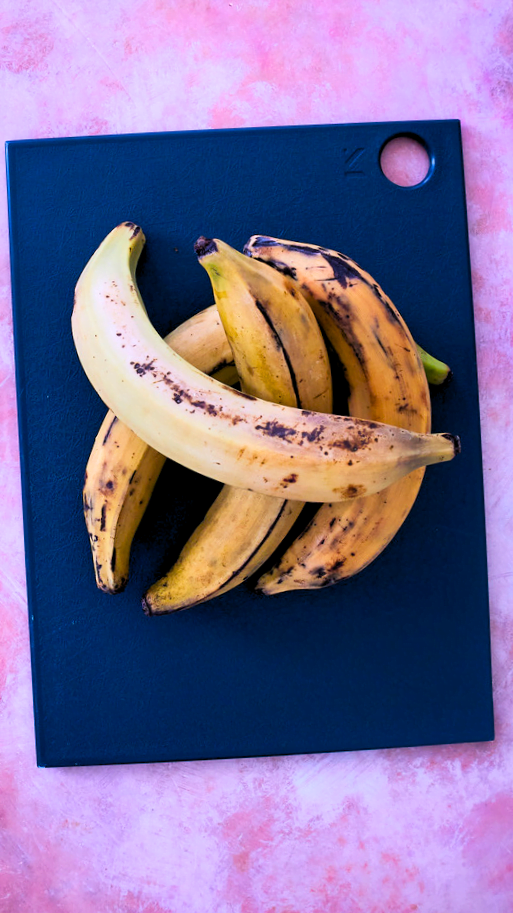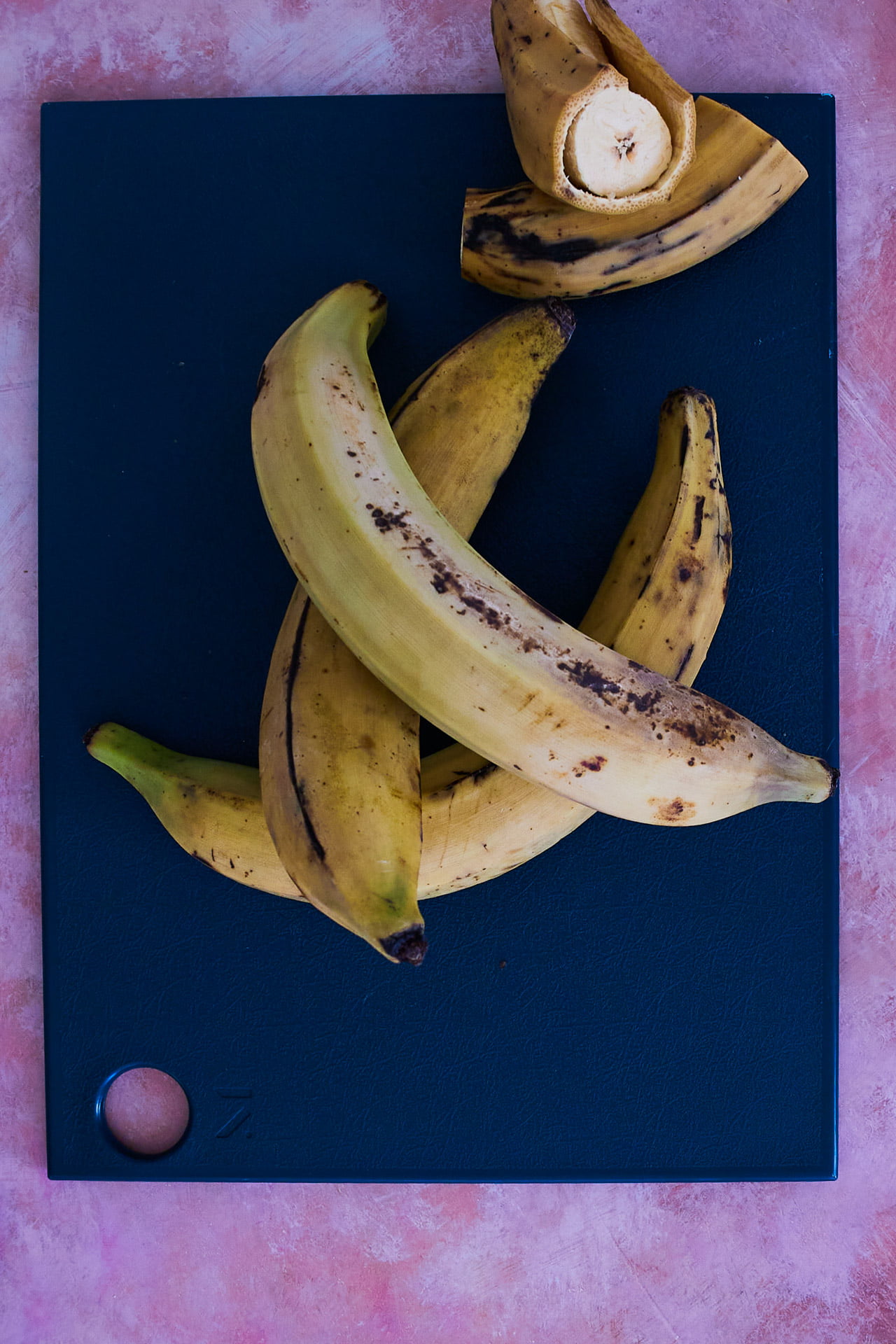
What are Plantains?
Plantains are a type of tropical fruit closely related to bananas. They have thicker skin and are typically larger than bananas. Plantains are a staple food in many parts of the world, particularly in Africa, Central and South America, and the Caribbean.
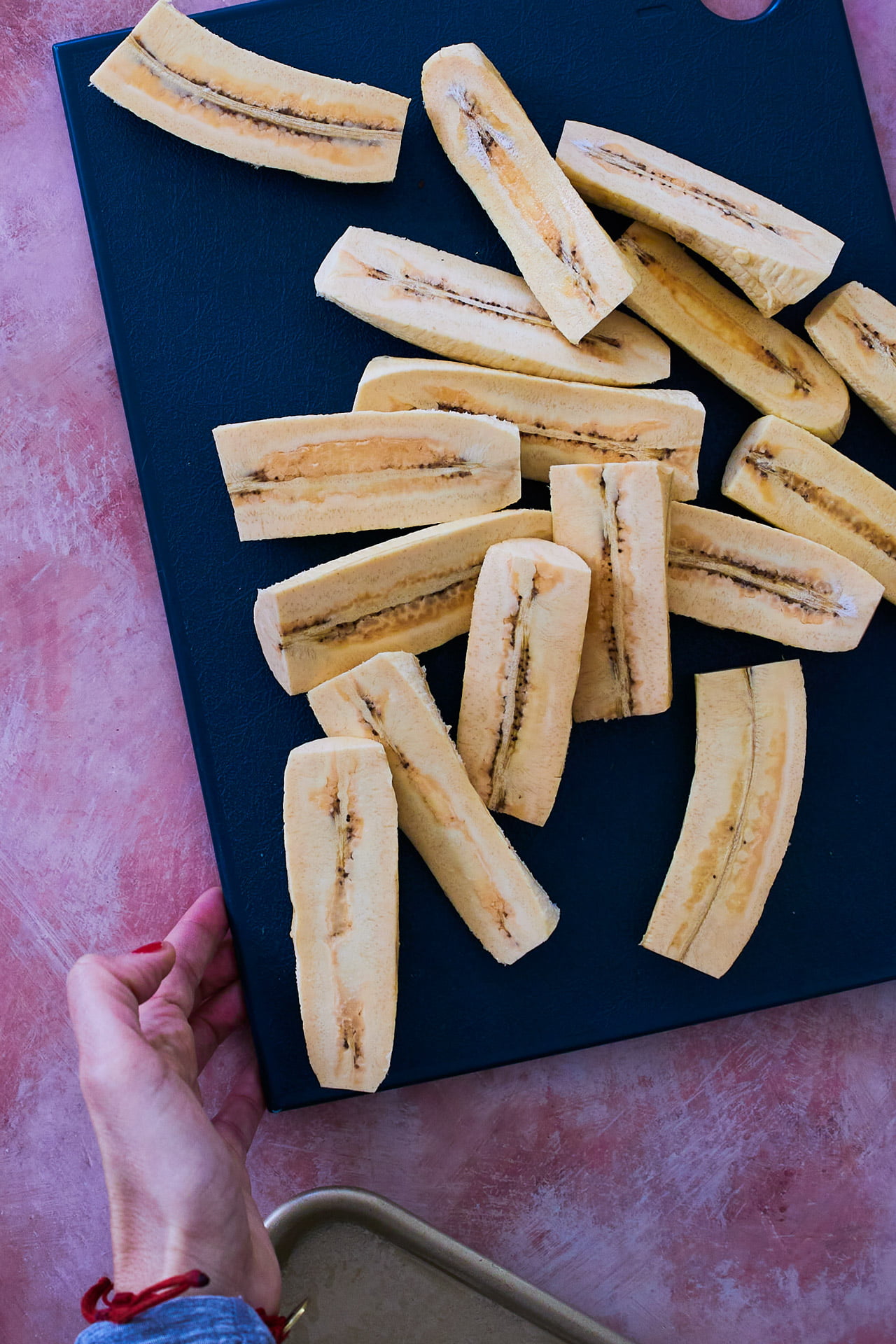
Plantains in Mexican cuisine
In Mexican cuisine, plantains are often used as a side dish or ingredient in various dishes. They are typically cooked before eating and are often fried or grilled.
They are often served as a side dish with various meals, like picadillo, picadillo cubano (Cuban picadillo), or as a topping for sopa de lentejas (Mexican lentil soup), frijoles de olla or over arroz mexicano (Mexican white rice with vegetables).
Plantains can also be mashed and used as a base for “empanadas” ( a traditional pastry made with dough filled with meat and vegetables) or “tamales” (A traditional Mexican dish made of masa (a starchy dough), which is steamed in a leaf wrapper).
Plantains are also used in sweet dishes such as “plátanos en tentación” (sweet plantain in syrup) or “maduros” (ripe sweet plantains), which are typically fried or grilled and then served as a side dish or as a dessert.
Growing up, one of my favorite desserts was grilled plantains with condensed milk and strawberry jam.
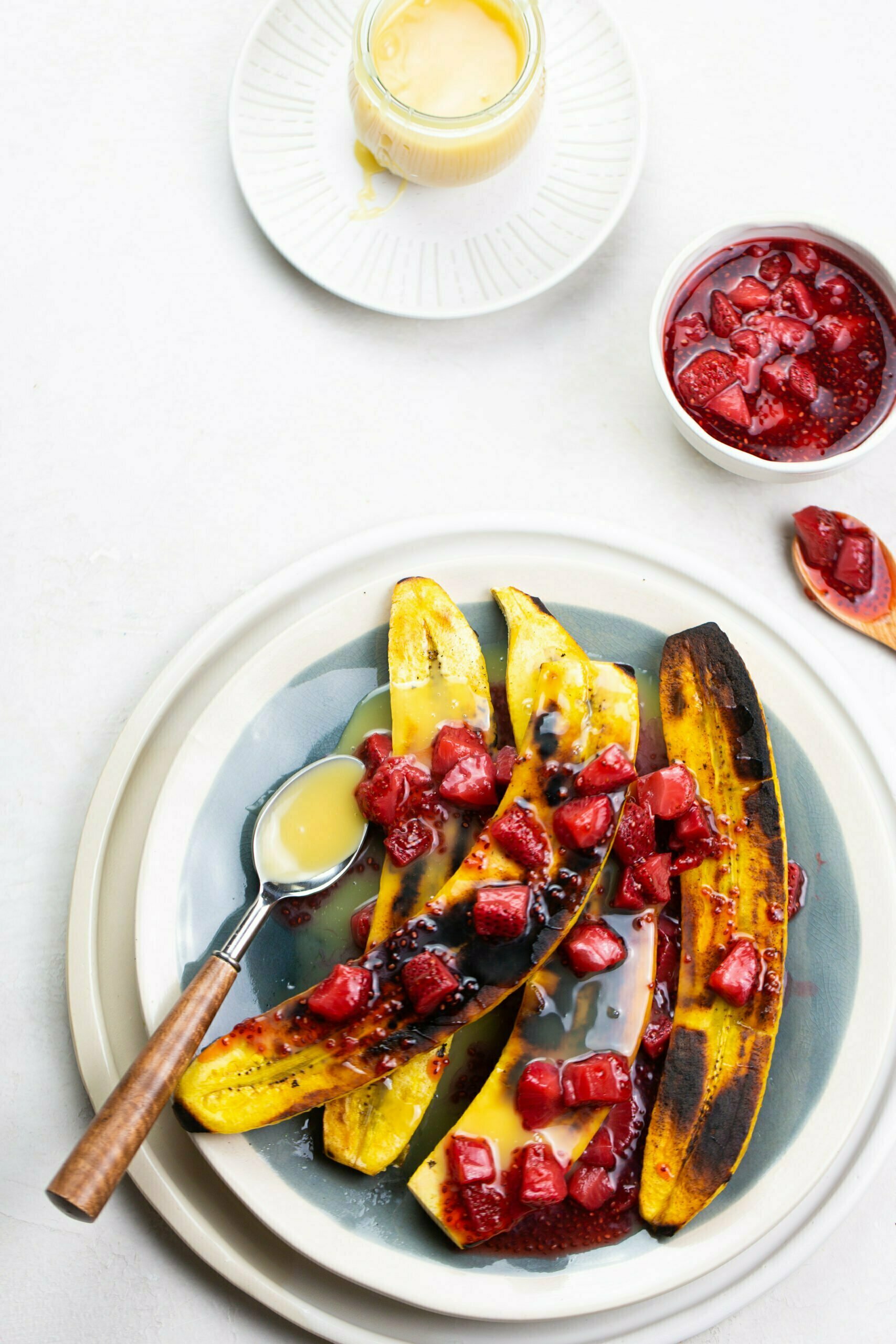
How to cook with plantains
Plantains are starchy vegetables that are typically cooked before eating. They can be fried, grilled, or baked and are often used in savory dishes. They can also be mashed and made into dough for bread or pastries.
Depending on the dish and the desired texture, there are many ways to cook with plantains. Here are a few popular methods:
Fried plantains: To make fried plantains, peel the plantains and slice them into 1/4-inch thick slices. Heat oil in a pan over medium-high heat, and fry the plantain slices for 2-3 minutes on each side or until they are golden brown and crispy.
Tostones: To make tostones, peel the plantains and slice them into 1/4-inch thick slices. Heat oil in a pan over medium-high heat, and fry the plantain slices on each side for 2-3 minutes or until golden brown. Remove the slices from the pan and flatten them with a tostonera or flat bottom of a glass. Fry again for 2-3 minutes on each side or until they are crispy.
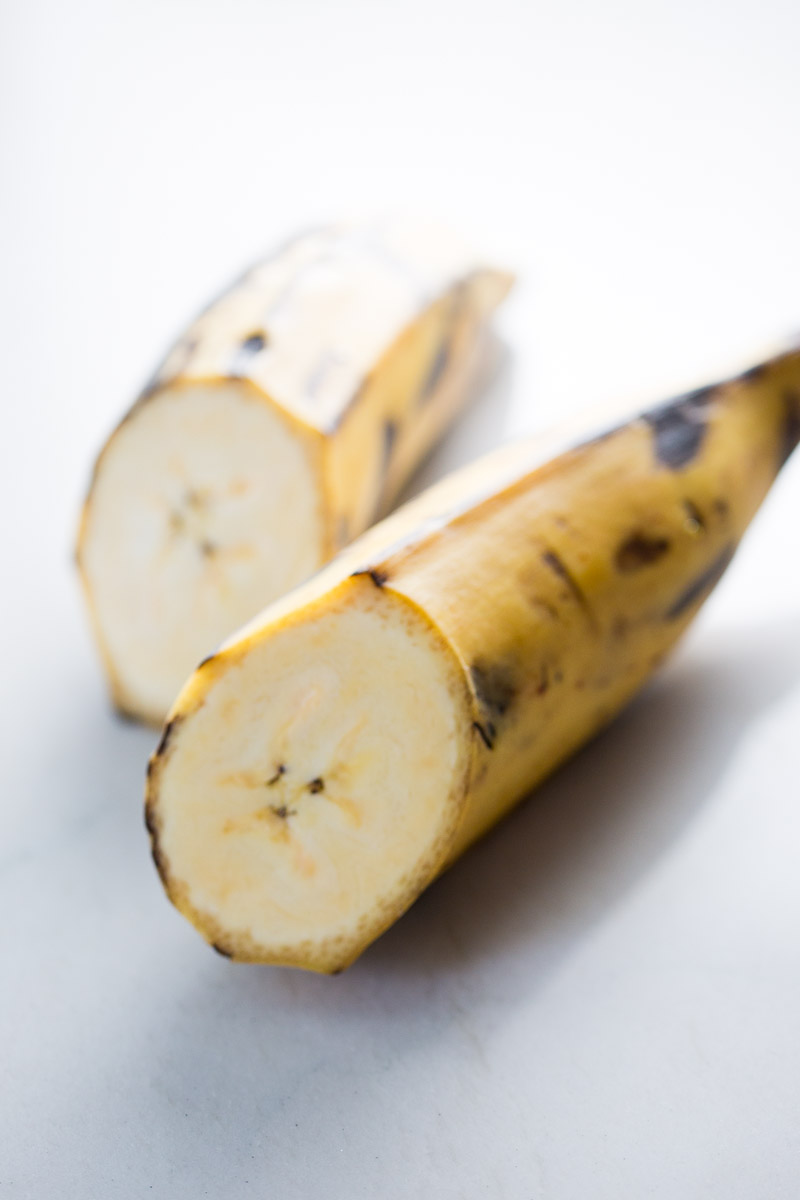
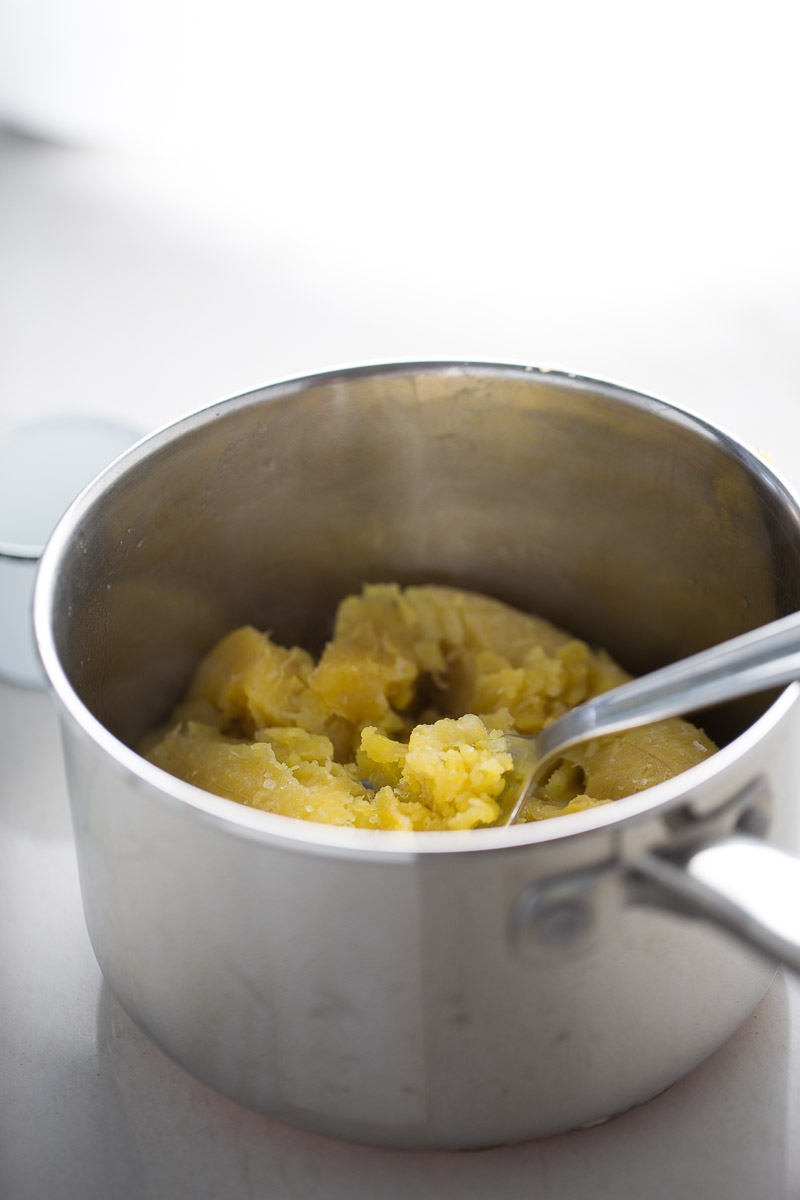
Mashed plantains: To make mashed plantains, peel them and cut them into small chunks. Boil the plantains in a pot of water for 15-20 minutes or until they are very tender. Drain the plantains and mash them with a fork or a potato masher. Use them as a filling for enmoladas.
Grilled plantains: To make grilled plantains, Peel the plantains, Cut them into slices and brush them with oil or butter, and grill them over medium-high heat for 2-3 minutes on each side or until they are tender and lightly charred.
Baked plantains: To make baked plantains, Peel the plantains and cut them into slices. Brush them with oil or butter and bake them in a preheated oven at 375F (190C) for 15-20 minutes or until they are tender and lightly golden brown.
Air Fryed: Peel the plantains and slice them into 1/4-inch thick slices. Place the plantain slices in a single layer in the air fryer basket, and spray them with cooking spray. Set the air fryer to 375°F (190°C) and cook the plantains for 8-10 minutes until they are golden brown and crispy.
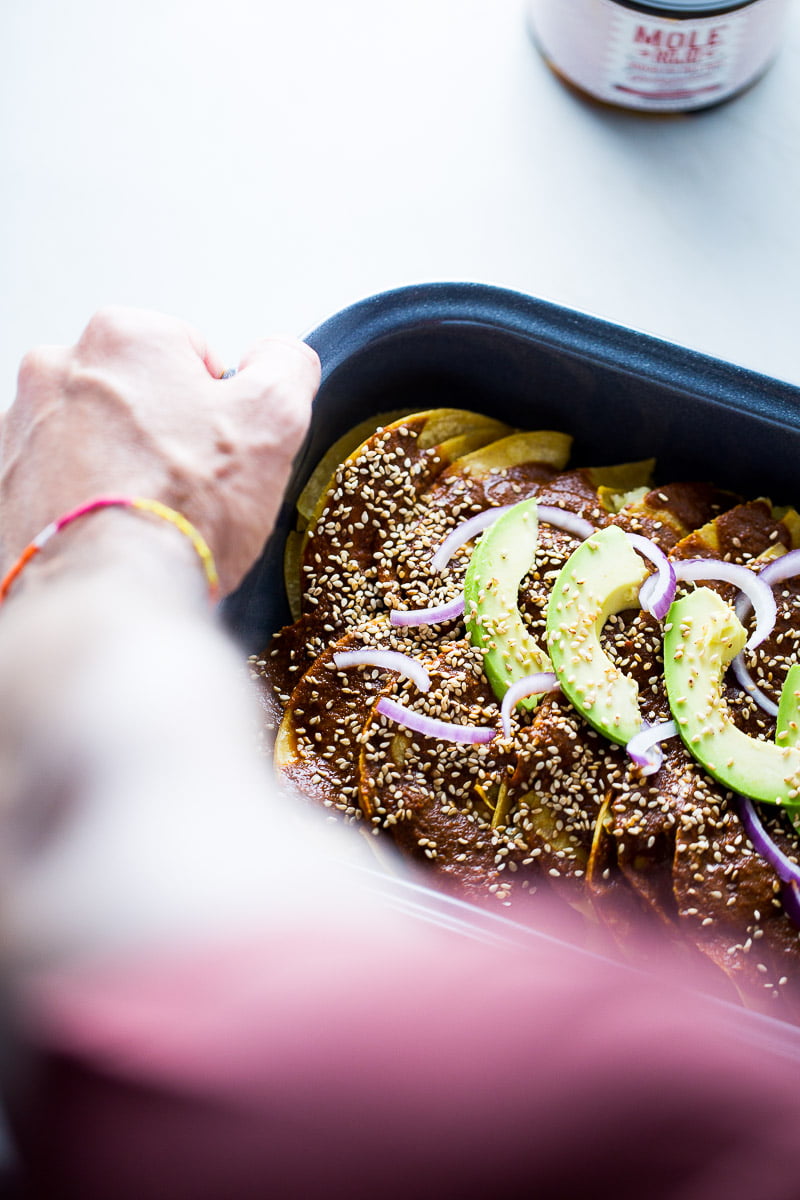
What do plantains taste like?
When cooking with plantains, it’s important to note that the ripeness will affect the final dish. Green plantains are more starchy and less sweet and are typically used in savory dishes as a substitute for potatoes. Ripe plantains are sweeter and softer and are often used in sweet dishes or as a side dish.
Plantains vs bananas
Plantains and bananas are closely related, but the two have a few key differences.
Appearance: Plantains are generally larger and have thicker skin, typically green when unripe and black when ripe. In contrast, bananas have thinner, more delicate skin that is typically yellow when ripe.
Taste: Plantains have a starchier, less sweet taste compared to bananas. Green plantains taste savory and potato-like, while ripe plantains are sweeter. Bananas are typically sweeter than plantains, with a creamy texture.
Use: Plantains are primarily used as vegetables, typically cooked before eating, while bananas are primarily used as fruits and are typically eaten raw. Plantains are often used in savory dishes, while bananas are used in sweet dishes or as snacks.
Ripening: Plantains need to be cooked when they are still green and will ripen off the tree. Bananas will ripen on the tree and after and can be eaten when they are still green.
Nutritional value: Plantains and bananas are both high in potassium and dietary fiber, but plantains are also a good source of vitamin C. In contrast, bananas are a good source of vitamin B6.
